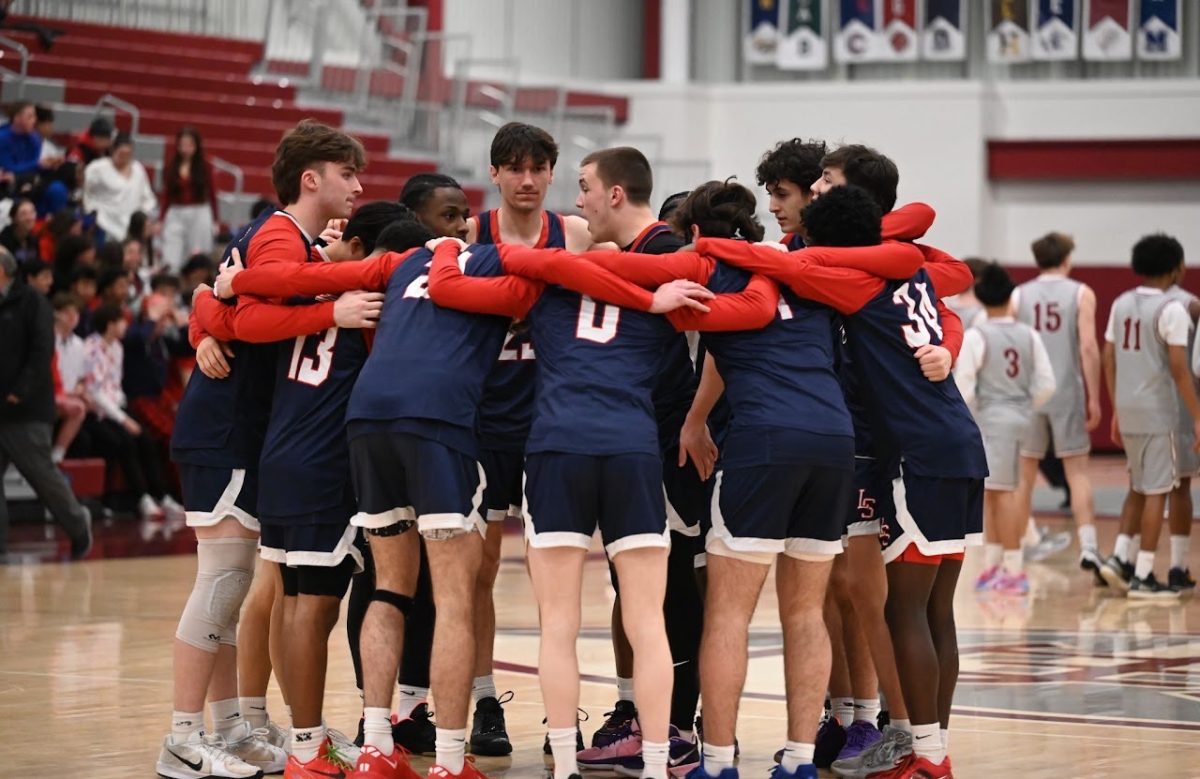At LS, all students complete at least twelve quarters of wellness before graduation, consisting of six required courses and six elective courses. However, some juniors have recently noticed a decline in student engagement in wellness, with some students admitting they don’t prioritize these classes as much as their other subjects. Amanda Klein, a wellness teacher at LS since 2009, has observed changes in student behavior over the years. She notes that the “profile of students has shifted” along with their “willingness to take social risks,” though she views this change as neither positive nor negative.
Klein, as she is affectionately called by her students, believes that cell phones are a significant factor affecting students’ change in their willingness to engage. She recalls a team dinner a few years ago where every player was on their phones, playing an online game with each other, a stark contrast to previous years. She also observes students frequently using their phones in the hallways and classrooms, which was not the norm when she began teaching. She asserted that this presented a challenge in maintaining engagement during class, but tended to come up less in activity classes, such as High Adventure, when compared to lecture based classes, such as Health Issues. Klein emphasizes that the changes in students’ social behaviors are not inherently good or bad, and simply that the “social skill set and norms of socialization have changed.”
Regarding potential cell phone bans, Klein stated that she has not formed an opinion yet. She notes that while other schools have seen success with such policies “towards their goals,” implementing one at LS would require community buy-in, understanding of the rationale, and supporting scientific research. She also raises questions about how the school would measure its effectiveness, underscoring the complexity of such a decision.
Additionally, Klein highlights the wellness department’s goal of meeting each student where they are, a process that involves ongoing “self and department reflection.” The department previously used a pass/fail/A grading system, but since the pandemic, they have shifted to a pass/fail score in order to place less stress on their students. She places a lot of weight on the idea of trying to best meet the needs of each student, while balancing this with “dysfunctional rescuing,” a term used to describe when “helping” overextends to “dependence.” When asked about student engagement in wellness, and how it has changed over recent years, Klein notes that it varies based on individual students, class culture, and social status. Every class is different and she has to tailor her teaching style to the feel of the class. Family attitudes towards wellness also play a role—some students come in valuing the subject because of their family’s views on wellness, while others come from families who think their time could be better spent elsewhere. Klein stresses that neither view is right or wrong, and these beliefs exist on a spectrum.
The education system, like its students, is not static. While student engagement has changed over the years, many students see wellness as a way to refresh, and learn more about themselves. As Klein puts it, education is what students make of it, and students have the power to make their wellness class a place they want to go everyday.




